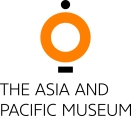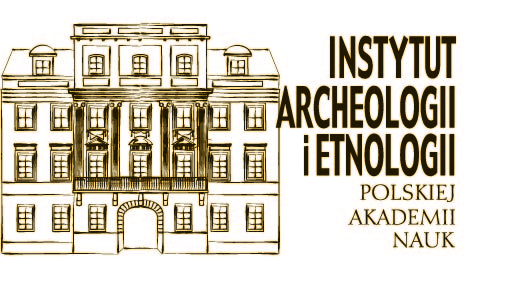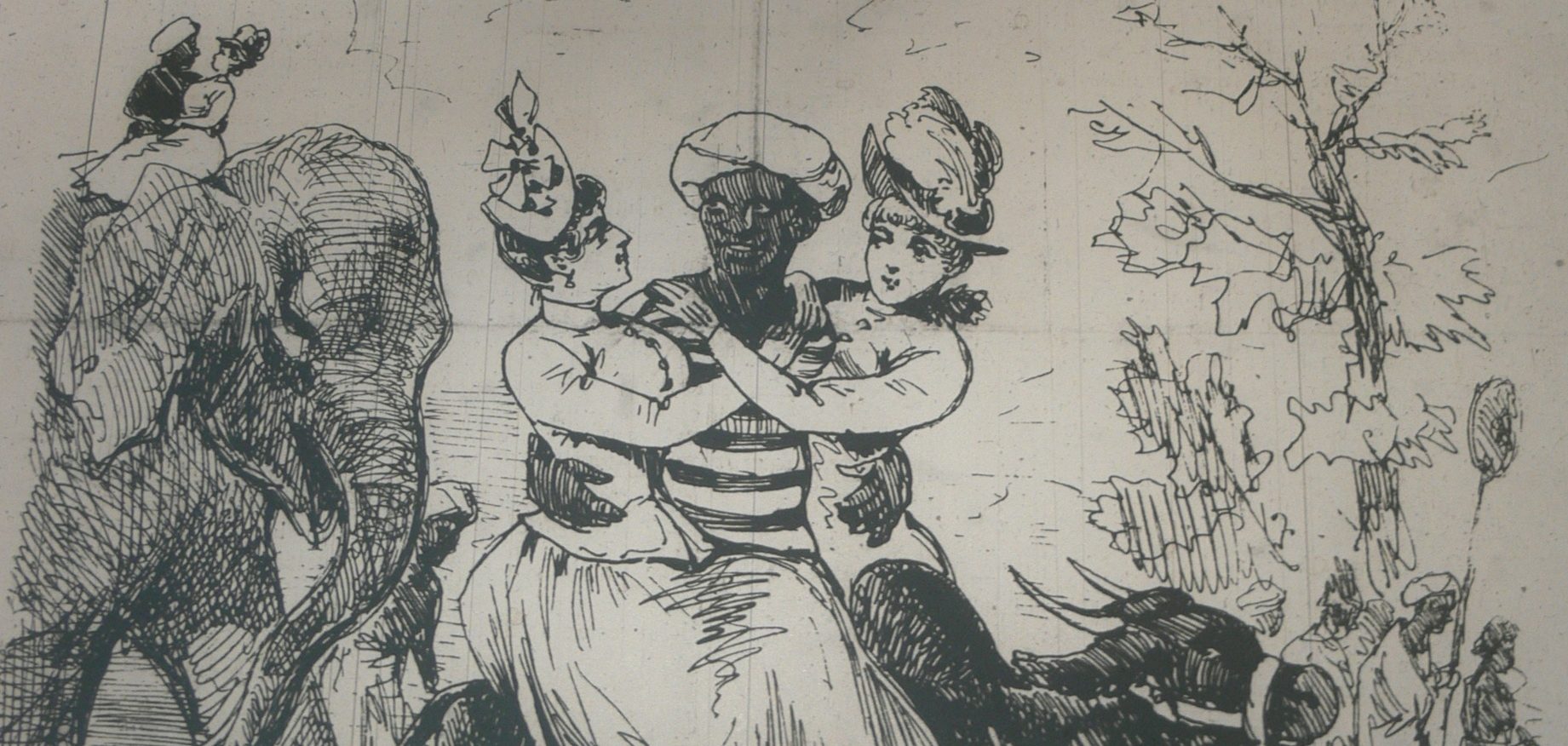New Conference: Budapest, 16 – 18 January 2019
STAGED OTHERNESS, C. 1850-1939
EAST-CENTRAL EUROPEAN RESPONSES
AND CONTEXTS
Central European University /
Institute of Ethnology, RCH, Hungarian Academy of Sciences /
Institute of Archeology and Ethnology, Polish Academy of Sciences
Budapest, 16-18 January 2019
Organizing committee:
Kamila Baraniecka-Olszewska, Dominika Czarnecka, Dagnosław Demski,
Ágnes Fülemile, László Kontler, Ildikó Sz. Kristóf
A sizeable body of scholarship is now available on ‘ethnic shows’ or ‘human zoos’ as aspects of the culture and ideology of colonialism, imperialism and racism in Western metropolitan contexts.
This call for papers recruits contributions to the second international conference of a project based at the Institute of Archaeology and Ethnology of the Polish Academy of Sciences (https://stagedotherness.wordpress.com), which investigates this phenomenon in its Central and Eastern European manifestations, with the aim of asking and answering new questions that may shed a different light on the subject as a whole.
The practice of presenting exotic individuals/troupes on “stage” is the starting point for a
discussion on the subject of direct contact with otherness. Understanding the mechanisms which govern the process of defining otherness in the 19th and the first decades of the 20th century bears significant consequences for the understanding of the iconosphere of contemporary culture, socio-cultural practices related to global tourism, and patterns of getting to know the world through changing media of communication.
The first conference (Warsaw, 25-27 October 2017) proved that there is an interest in this
topic and space to investigate the issue in East-Central European context. The planned second interdisciplinary conference (Budapest, 16-18 January 2019) aims to discuss the issue of the diversity of ethnographic shows (ethnic shows, Völkerschau), human zoos, cirques, variété, freak shows, and different forms of local shows where living people were presented in front of the audience. Our main point is to explore the nature of this phenomenon in Central and Eastern Europe, where the social, political, cultural and economic environment was decidedly different from the much-analyzed situation in Western Europe.
We are particularly interested in focusing on what took place in the space between the stage and the audience, between ‘exotic’ individuals and the local public. We are looking for answers to such questions as:
-Were ethnographic shows a kind of encounter with the Other or bypass each other?
-What did live shows mean to the ‘exotic’ individuals?
-What characters were embodied by ‘exotic’ Others, and how were they recognized by the audience?
-What imaginary figures were evoked by the ‘staged’ individuals in the local public?
-What triggered the response of the spectators – action, skills, body, characteristic figures,
gestures, vision, movement, sound?
-What local responses were evoked?
Possible topics include, but are not limited to:
-Reconstructed routes of exotic troupes in Europe
-Museum and archival collections
-(Re)interpretations of ethnographic shows and changeable approaches
-Ethnographic shows and professional knowledge
-Ethnographic shows and popular culture in East-Central Europe
The conference language is English. Please send the abstract (max. 200 words) of a 20-minute paper by 30 June 2018 to Dominika Czarnecka, d.czarnecka@hotmail.com
You will be notified about the status of your proposal by 31 July 2018. There is no conference fee.
Hospitalities shall be provided during the conference, but we do hope you can have your travel and accommodation expenses covered. Accommodation options shall be suggested to participants with accepted papers in due course.
—————————————————————————————————————————————
Conference organised by Institute of Archaeology and Ethnology and Institute of Art, Polish Academy of Sciences
October 25–27, 2017
Warsaw, Poland
The phenomenon of presenting human oddities on “stage” is the starting point for a discussion on the subject of direct contact with otherness. Understanding of the mechanisms which govern the process of defining otherness in the 19th and the first decades of the 20th century bears significant consequences for understanding of the iconosphere of contemporary culture, socio-cultural practices related to global tourism, and patterns of getting to know the world through changing media of communication.
This three-day interdisciplinary conference aims to discuss the issue of presenting human oddities – primarily ethnographic shows, including villages set up within world fairs, human zoos, cirques and freak shows, where living people were presented in front of the audience. Our main point is to analyze the nature of this phenomenon in Central and Eastern Europe, where the social, political and economic situation was decidedly different from the much-analyzed situation in Western European communities. Our notion of otherness and freakery is embedded in a strain of studies which conceptualizes the“other” and “freak” as performative and constructed identities dependent on context-specific perception. Drawing on a variety of iconographic and literary sources, an extensive body of research, and diverse scholarly positions, we would like to address such key questions as what made people participate in “ethnic” and “freak” shows and what kind of functions these types of events fulfilled.
We are particularly interested in reconstructing what took place in direct contact with the Other. We assume that the practice of regulating direct contact (i.e. establishing the distance between an actor and the audience) and the instruments employed to do it reflect the degree of otherness attributed to the peoples and cultures on display. We therefore intend to examine the perception of otherness – not only in reference to eyesight and the visual experience, gaze patterns and the idea of the mediated gaze, but also with reference to various coding variables within proxemic measures, such as e.g. touch and olfaction.



Organizers:
Prof. Dagnosław Demski, Institute of Archaeology and Ethnology, Polish Academy of Sciences, Warsaw
Dr Izabela Kopania, Institute of Art, Polish Academy of Sciences, Warsaw
Dr Kamila Baraniecka-Olszewska, Institute of Archaeology and Ethnology, Polish Academy of Sciences, Warsaw
Dr Dominika Czarnecka, Institute of Archaeology and Ethnology, Polish Academy of Sciences, Warsaw
Dr Oyungerel Tangad

